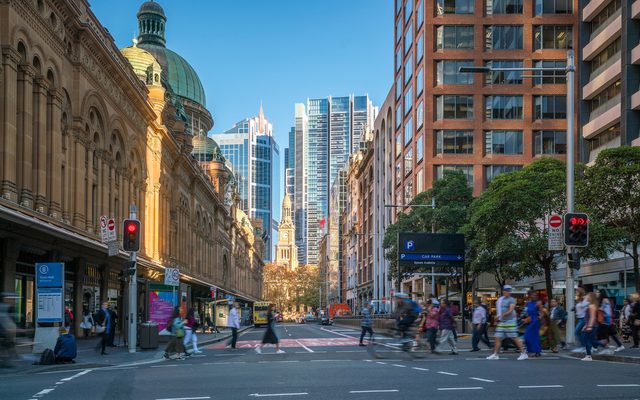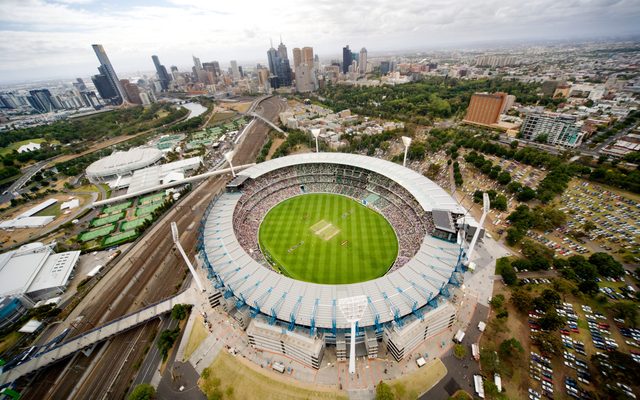This article is from the Australian Property Journal archive
THE national rental crisis is rolling on, with Australia’s vacancy rate remaining at its lowest point on record in November at 0.8%, while listings at more than 46% lower year-on-year.
Vacancy rates were mostly down across the capital cities in November, according to Domain’s Rental Vacancy Rate Report, each being maintained as a landlords’ market.
Sydney saw an increase in vacancy rates for the first time in December 2021, thanks to a boost in available rental stock after four months of decline, but remains at a low 1.1%.
Sutherland – Menai – Heathcote, Penrith, Bankstown, Campbelltown and Camden all have the lowest vacancy rates in the city at 0.5%. The highest are Ku-ring-gai, Blacktown-North, Chatswood-Lane Cove, Rouse Hill-McGraths Hill and Pennant Hills-Epping.
Melbourne’s vacancy rate fell to 1.1%, matching the record low first achieved in 2018. It was the only city to see both a monthly and annual drop in available rental listings in November, down 64% year-on-year.
The lowest vacancy rates are in Maroondah, Yarra Ranges and Knox, at 0.4% each, followed by Manningham-East and Frankston, while the highest are in Melton-Bacchus Marsh, Stonnington-East, Boroondara, Melbourne City and Banyule.
“Tenants continue to face tough conditions in this competitive market, with asking rents on a record-breaking streak of increases,” Domain chief of research and economics, Dr Nicola Powell said.
“Seasonally, we see a lift in vacant rentals at this time of the year as the rental market move into the busy changeover period. With affordability constraints continuing into the new year, we may see current tenants shift towards more affordable rental options during this changeover.”
Australian renters are facing an unsustainable market, as every capital saw a decline in affordability over 2022, according to SGS Economics & Planning,
Domain data showed Perth and Darwin vacancy rates were steady, at 0.3% and 0.9% respectively. Both saw the smallest rise in the number of vacant rentals, although Darwin’s stock is at a 10-month high.
Perth’s tightest markets are Canning – at just 0.1% – and then Fremantle, Gosnells, Armadale and Cockburn, The highest are a notably low 0.5% – Cottesloe-Claremont, Perth City and Mandurah.
Adelaide matched Perth, making them the most competitive cities for tenants, although Adelaide actually rose due to a surge in the number of available rentals to a 10-month high. The city’s sharpest vacancies are just 0.1% in Marion and Gawler-Two Wells, with Onkaparinga, West Torrens and Adelaide Hills next. Adelaide City has the highest, but is still at a tight 0.7%. Burnside, Norwood-Payneham-St Peters, Prospect-Walkerville and Campbelltown followed.
Brisbane lifted slight to 0.7% after six months of a steady vacancy rate. Rental conditions are improving – listings jumped for the third consecutive month to their highest level since February – but according to Domain still has a long way to go to provide much-needed relief for tenants.
Across Brisbane and the Gold Coast, the tightest rental markets are Strathpine and Chermside, both at 0.3%, followed by Medgeeraba-Tallebudgera, Narangba-Burpengary, and Coolangatta. The Gold Coast Hinterland has the highest vacancy rate, at 1.5%, with Sunnybank, Jimboomba, Centenary and Brisbane Inner following.
Canberra lifted to 1.2%, its highest point in nearly two years, while new listings saw Hobart increase for the first time since June, to 0.4%.




